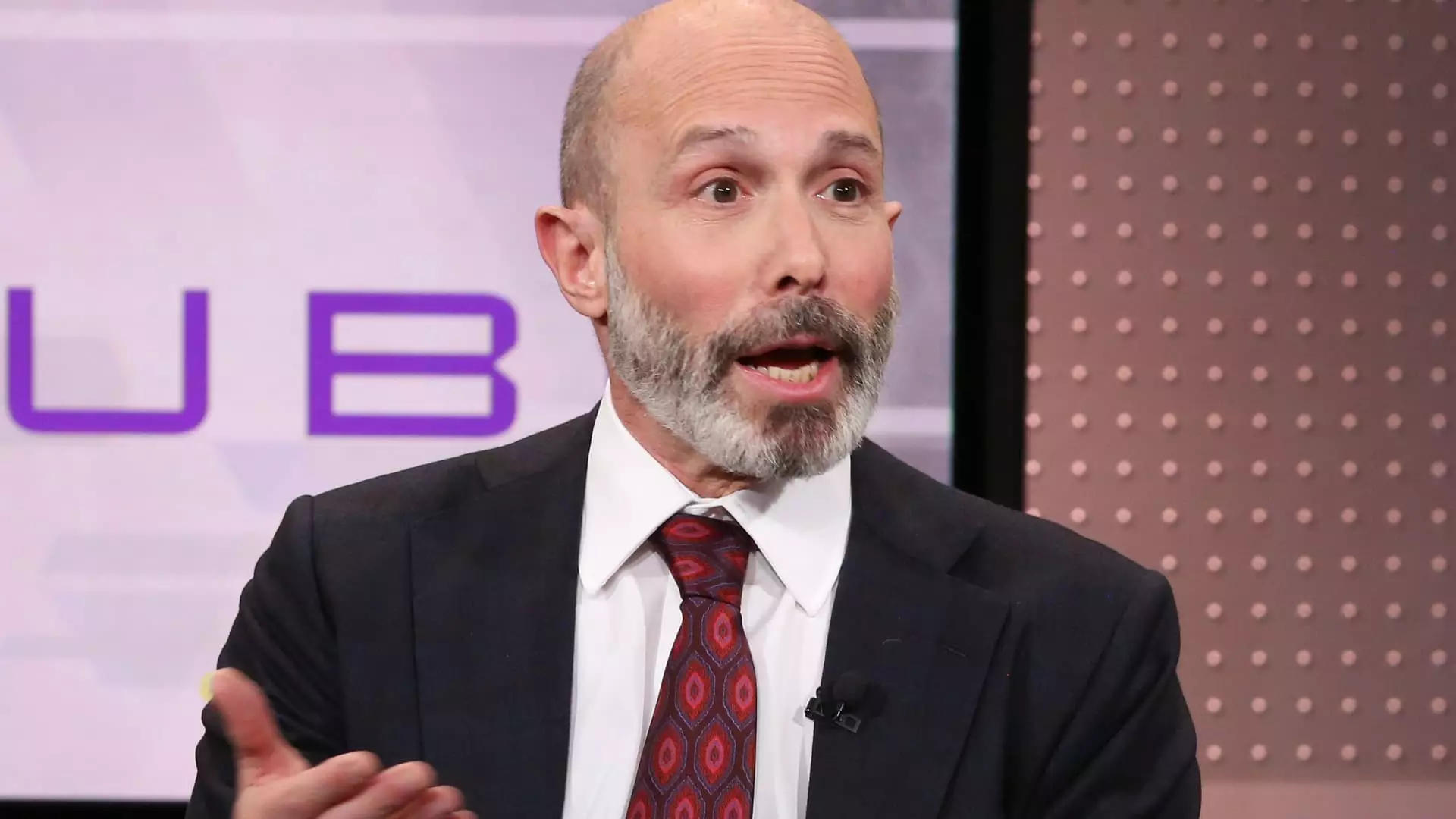California has long been a challenging terrain for insurers, and recent statements from Chubb CEO Evan Greenberg highlight the growing complexities of this market. The insurance landscape in the state reflects broader trends in risk assessment and market stability, raising significant questions for stakeholders about the sustainability and profitability of insurance operations in high-risk environments.
In recent years, California has become synonymous with rising natural disasters, particularly wildfires, which complicate the underwriting process for insurers. Greenberg’s comments emphasize a crucial principle in insurance: profitability hinges on accurately assessing risk. Chubb’s strategy of avoiding markets without a reasonable return on risk positions the company as a cautious player amidst rising uncertainty. This approach has enabled Chubb to report exceptional financial results in 2024, highlighting a significant underlying strength in its business model, even as it navigates these turbulent waters.
The recent surge of wildfires in the Los Angeles area has not only pressurized Chubb’s exposure to claims but has also cast a shadow over the broader insurance market. Insurers such as Allstate and Travelers are similarly susceptible, reflecting a collective vulnerability in their portfolios. The insurance community’s response to these phenomena rests on balancing fiscal responsibility with regulatory pressures that inhibit the necessary adjustment of premiums to reflect the elevated risks inherent in such environmental challenges.
One of the significant barriers facing insurers in California is the intervention of regulatory bodies and consumer advocacy groups that limit premium pricing adjustments. This creates an untenable situation where insurance rates do not align with actual risk, potentially incentivizing residents to settle in high-risk zones. Greenberg’s assertion that “the citizens of the state paid for the price for coverage” underscores a substantial concern: the long-term sustainability of the insurance market is jeopardized when pricing structures inadequately reflect real risks.
In contexts like California, this misalignment can encourage a reckless approach to urban development and land use, leading citizens and businesses to inhabit areas increasingly susceptible to natural disasters. The long-term implications of such market dynamics might require significant shifts in policy and practice to restore equilibrium and ensure that risk factors are adequately priced.
Despite these challenges, Greenberg remains optimistic about Chubb’s competitive positioning. The company’s emphasis on the middle-market sector, targeting businesses with revenue under $1 billion, may provide a strategic advantage. As smaller and regional insurers struggle with data analytics and reinsurance capabilities, Chubb’s vast resources equip it to navigate complex risks associated with climate change and legal landscapes. This competitive edge necessitates leveraging big data analytics to improve underwriting processes and reassess risk more dynamically.
Chubb’s consistent growth in underwriting income and premium rates attests to the firm’s successful navigation through this landscape. For instance, an impressive 7% rise in property and casualty underwriting income, coupled with substantial premium growth across sectors, indicates that Chubb is not merely surviving but thriving, even under pressure. Such performance metrics are essential indicators for other market players seeking to understand effective strategies in response to dynamic market conditions.
As the environment for insurance evolves, companies must be prepared to innovate and adapt their business models. The industry’s trajectory, marked by sustained inflation and shifting consumer demands, means that traditional insurance practices will require reevaluation. Greenberg’s assertions about dual sources of growth—underwriting and investment income—signal an understanding of the need for diverse revenue streams.
Additionally, expanding into affluent markets, as reported with a 10% growth in premium for high-net-worth customers, highlights Chubb’s strategic pivot toward clients who seek more specialized services. This emphasis on differentiated offerings—wherein the brand becomes synonymous with quality and service—proves essential in maintaining customer loyalty amidst competitive pressures.
The current climate of challenges and opportunities in California’s insurance market presents a complex picture. As insurers grapple with evolving risks, regulatory challenges, and the need for strategic repositioning, companies like Chubb exemplify proactive adjustment. The ongoing narrative within the insurance sector reveals that success lies not solely in resisting market pressures but embracing innovation, harnessing data analytics, and adapting to shifting consumer behavior. Moving forward, the question will not simply be who survives these increasingly daunting challenges, but who will thrive by transforming adversity into opportunity within this dynamic environment.

